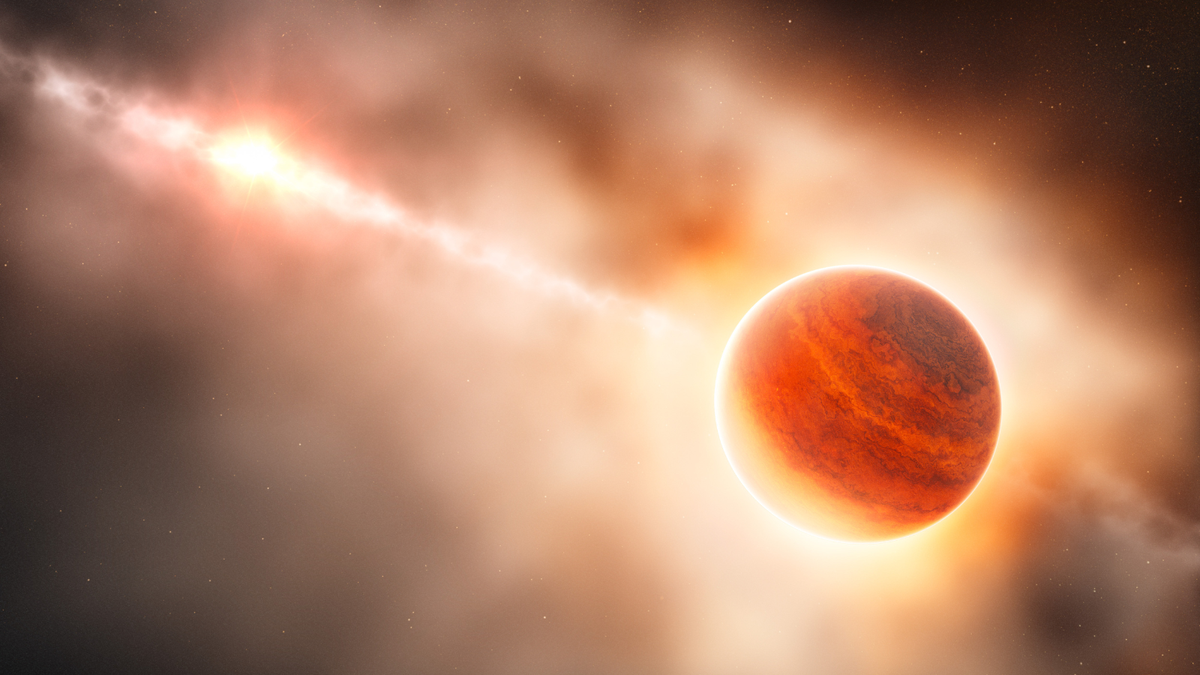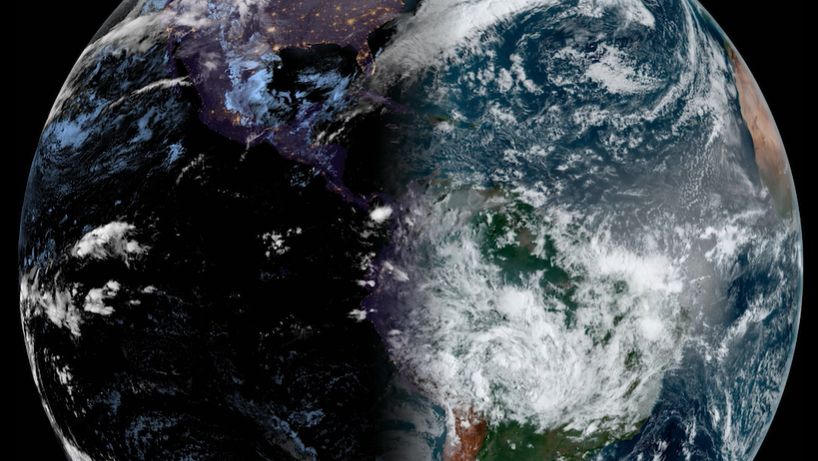Astronomers use James Webb Space Telescope to Hunt for Planets in Formation
Astronomers are on a quest to uncover planets in the process of forming around young stars with the assistance of the James Webb Space Telescope (JWST). The JWST, a powerful space telescope, has swiftly provided valuable insights, albeit in unexpected ways.
Probing Protoplanetary Disks
These developing planets emerge within swirling aggregations of gas and dust known as protoplanetary disks, increasing in mass as they evolve. While numerous protoplanetary disks have been imaged, the actual observation of forming planets within them has been limited. A team of researchers, led by scientists from the University of Michigan, the University of Arizona, and the University of Victoria, has leveraged the advanced infrared instruments of the JWST to enhance this exploration. By studying protoplanetary disks such as HL Tau, SAO 206462, and MWC 758, the team aims to detect signs of planet formation, building upon data gathered by the Hubble Space Telescope and the Atacama Large Millimeter Array (ALMA).
Unveiling Interactions in Protoplanetary Disks
The investigation has also unveiled previously unseen dynamics between protoplanetary disks and the enveloping gases near the central stars. Large-scale structures like gaps, rings, and spirals have been observed in these disks, potentially attributed to forming planets interacting with the disk material. This discovery opens avenues to connecting the observed structures with planet formation processes and comprehending the evolution of planetary systems.
Exploring Unexpected Discoveries
Through JWST observations, the team led by astronomer Gabriele Cugno scrutinized the protoplanetary disk surrounding the protostar SAO 206462. While anticipating the presence of a massive, hot, and bright planet based on simulations, the team was surprised by a different planet candidate. Future observations are essential to clarify the nature of this unexpected discovery and potentially resolve the mystery surrounding its visibility.
Spiral arms in the protoplanetary disk around the infant star SAO 206462.
Challenges in Detection
The difficulty in detecting faint objects next to stars as bright as lighthouses poses a significant challenge. By utilizing JWST’s advanced capabilities, researchers could identify thermal energy emissions from a potential planet within the disk of SAO 206462, shedding light on its characteristics and distant location from the central protostar.
Continued Exploration
The quest to uncover forming planets around young stars continues, with ongoing investigations into protoplanetary disks surrounding stars like HL Tau and MWC 758. While direct observation of planets in the early stages of formation remains elusive, each study contributes valuable insights into the mechanisms driving planet formation and system evolution.
Significance of Research
Studying the formation of planets around young stars is essential for understanding the distribution of materials in nascent systems. Insights gained from these investigations may offer crucial knowledge about the origins of planetary systems like our own and provide key insights into the processes that lead to the development of habitable worlds.
References:
Image/Photo credit: source url





